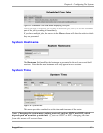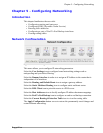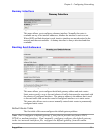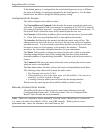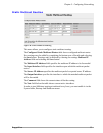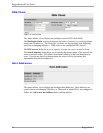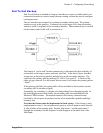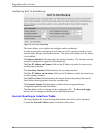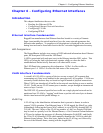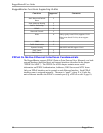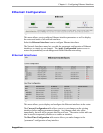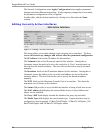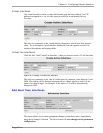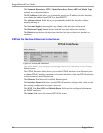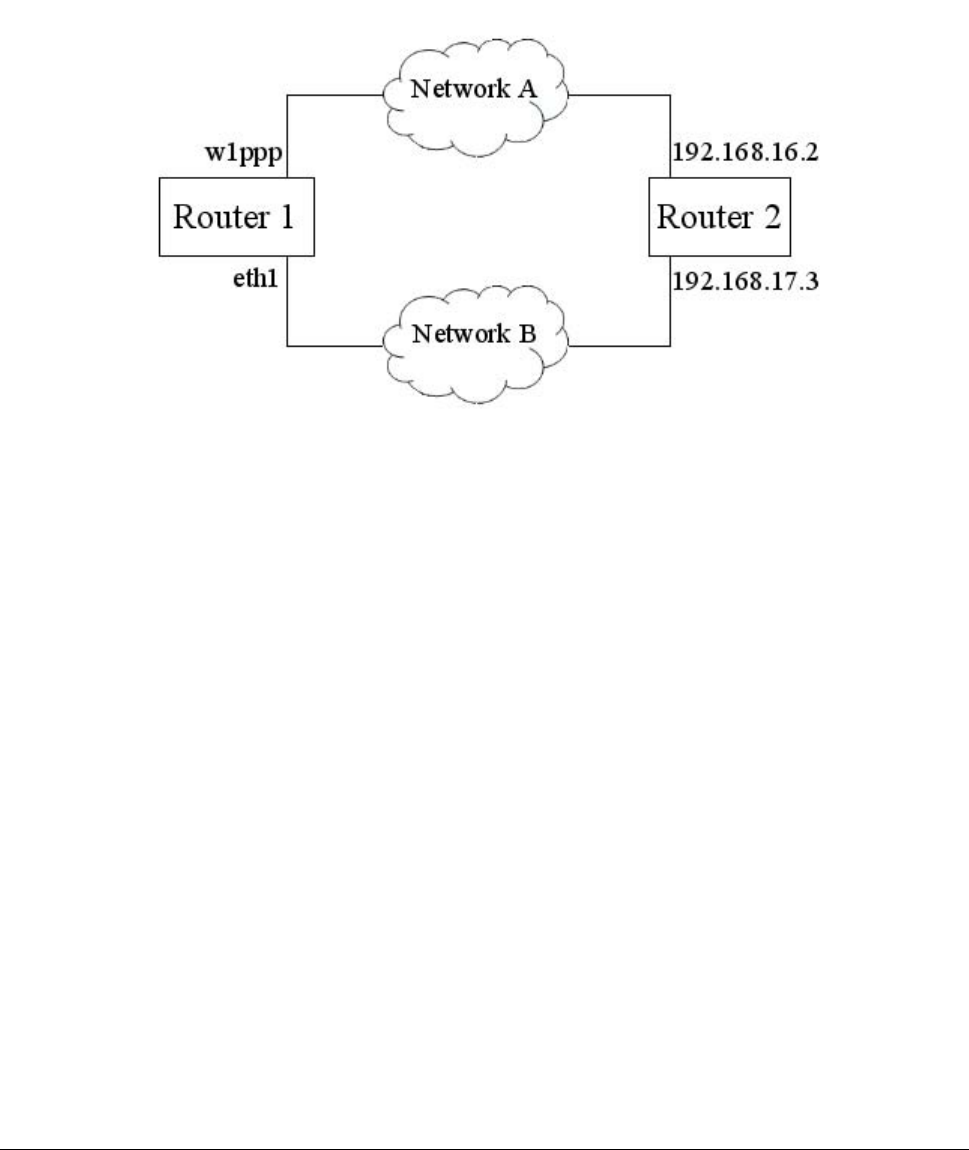
Chapter 5 - Configuring Networking
End To End Backup
End To end backup is method of using two interfaces to ensure a reliable end to end
connection between two routers using alternate routing, without the need to configure
routing protocols.
The two interfaces are assigned as a primary:secondary backup pair. The primary
interface serves as the gateway. If connectivity to the target is lost from the primary
interface, traffic is migrated to the secondary interface. When connectivity is restored
on the primary path, traffic will be restored to it.
Figure 43: End To End Backup Example
The backup is “end to end” because connectivity is determined by the availability of
an interface on the target system, and not a local link. In the above figure, interface
w1ppp acts as the primary interface and eth1 acts as the secondary interface. The
router tests the primary path by probing 192.168.16.2 on router 2. A failure of the
either w1ppp, network A or the remote link on router2 will render the primary path as
“failed”.
If the primary path fails, the routing table will be modified to direct packets out the
secondary (eth1 in the above figure).
Presumably, the secondary is a higher cost (and perhaps lower throughput) path. In
the initial deployment of this feature, the secondary path was implemented with
Ethernet-CDMA modem. The modem featured a low latency connection time
(initiated by the reception of packets) but had a low bandwidth capability and high
monetary cost.
Note that the feature must be implemented at both routers. If the feature is only
implemented at router 1, the second router's gateway will still point towards Network
A after a failure of the primary path. Packets from router 1 would reach router 2
through the secondary, but the responses would disappear in the black hole of the
failed path.
RuggedCom 55



